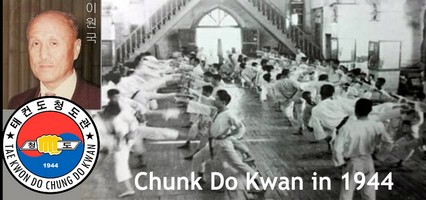Taekwondo Education & Resources Page
Taekwondo Belts | |
Signifies innocence, as that of the beginning student who has no previous knowledge of Taekwondo. | |
Signifies the earth from which a plant sprouts and takes root as the foundation of Taekwondo is being laid. | |
Signifies the plant’s growth as Taekwondo skills begin to develop. | |
Signifies the Heaven towards which the plant matures into a towering tree as training in Taekwondo progresses. | |
Signifies Danger, cautioning the student to exercise control and warning the opponent to stay away. | |
Opposite of white, signifying the maturity and proficiency in Taekwondo. | |
Taekwondo oath
I do solemnly promise to:
- Abide by the rules and regulations of the Taekwondo association.
- Strive always to be modest, courteous and respectful to all members, in particular to my seniors.
- Put the art to use only in self-defence or in defence of theweak.
- Observe the tenets of Taekwondo
The 5 Tenets of Taekwondo
- Etiquette. Be polite in society and among members of Taekwondo members.
- Modesty. The quality of not claiming attention for yourself; be humble.
- Perseverance. Continued effort to achieve something despite difficulties; never give up.
- Self Control. Is a cognitive process that is necessary for regulating your emotional behavior in order to achieve your goals.
- Indomitable Spirit. Is the will to carry on no matter what.
Chung Do Kwan
Chung Do Kwan was the first of the 9 schools (kwans) established at the end of the Japanese Occupation of Korea. It was formed in 1944 by Kyuk Won Lee. This modern Taekwondo martial arts was influenced by Karate and Kung Fu.
The term Blue Wave was meant to denote youthful spirit and vitality.

The original Chung Do Kwan in Korea



It’s not about being better than someone else.
It’s about being better than you were before!




















